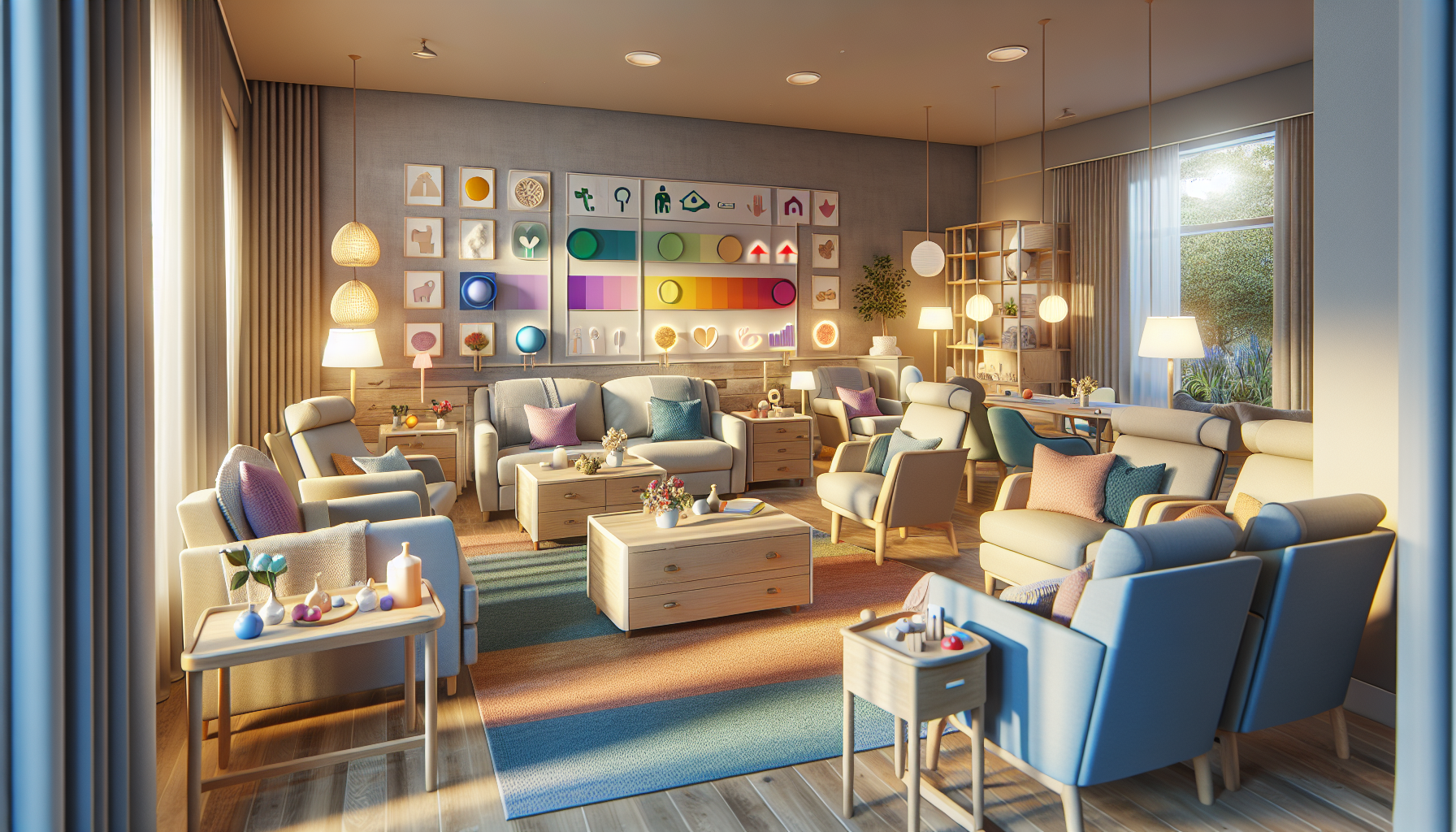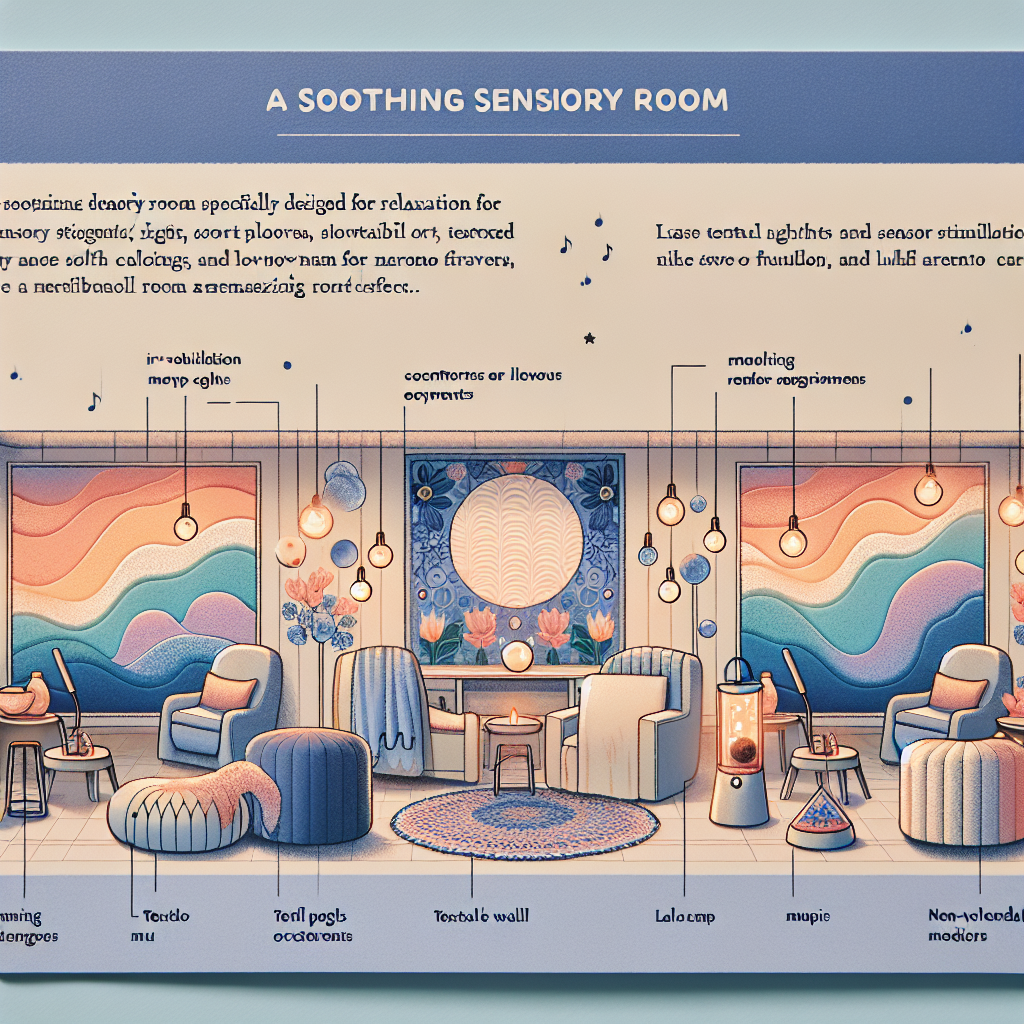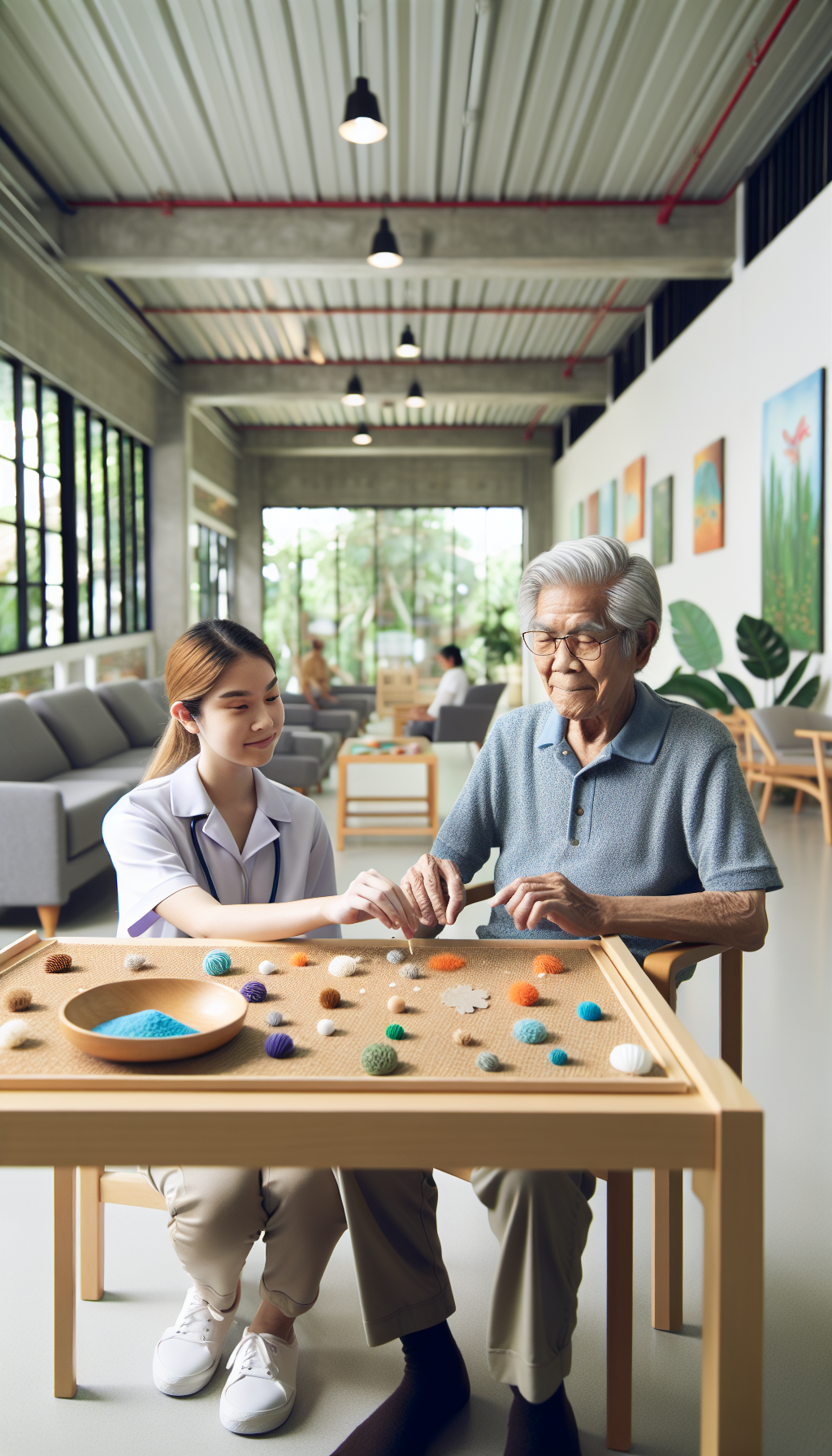As the global population ages, the need for elderly care facilities that cater to the comprehensive well-being of residents becomes increasingly critical. One aspect of care that is gaining attention is the role of sensory experiences in the health and quality of life of the elderly. Sensory environmental modifications in care facilities can profoundly impact residents, especially those with sensory processing disorders or age-related sensory decline. This article explores the importance of sensory-friendly environments and provides practical strategies for implementing modifications that benefit elderly residents.
The Importance of Sensory Health in Elderly Care
Sensory health is crucial for maintaining a high quality of life as it affects every aspect of daily living, from social interactions to physical activities. As individuals age, they may experience a natural decline in sensory functions, such as vision, hearing, taste, smell, and touch. Moreover, conditions like Alzheimer’s disease and other forms of dementia can exacerbate sensory processing issues, leading to discomfort, disorientation, and even behavioral challenges.
Understanding the role of sensory experiences is vital for elderly care. For example, sensory integration, the process by which the brain organizes and interprets sensory information, can significantly affect cognitive functions, which are critical in managing daily tasks and maintaining independence. By creating sensory-friendly environments, care facilities can support the sensory and cognitive health of their residents, promoting comfort, safety, and overall well-being.
Assessing Sensory Needs: A Holistic Approach
Before implementing environmental modifications, it’s essential to assess the sensory needs of residents. This involves considering individual preferences, medical history, and current sensory capabilities. Caregivers and facility managers can work with occupational therapists and other healthcare professionals who specialize in sensory health to evaluate residents’ needs accurately.
Implementing Sensory Modifications: Practical Strategies
Lighting Adjustments
Proper lighting is a critical element in creating a sensory-friendly environment. Natural light can be beneficial for mood and sleep patterns, while adjustable artificial lighting can accommodate varying needs throughout the day. For instance, warmer tones can be soothing for residents during the evening, mimicking the natural progression of daylight.
Acoustic Enhancements
Noise levels in care facilities can be overwhelming for residents with sensory sensitivities. Acoustic modifications such as soundproofing walls, installing noise-reducing flooring, and using soft furnishings can help absorb excess noise, creating a more tranquil atmosphere.
Tactile Considerations
The tactile environment includes everything residents might touch or come into contact with, from bedding to furniture. Soft textures and temperature-controlled surfaces can provide comfort and prevent discomfort or injury. For example, non-slip mats and handrails in bathrooms can enhance safety while providing sensory feedback.
Olfactory and Gustatory Experiences
The sense of smell and taste can be linked to memories and emotions, playing a significant role in quality of life. Care facilities can incorporate pleasant, non-invasive scents through plants or aromatherapy. Additionally, providing a variety of flavors and textures in meals can stimulate the senses and enhance the dining experience.
Visual Stimuli
Visual stimuli should be calming and promote orientation. This can include the use of color-coded areas for easy navigation and artwork that evokes positive emotions. Reducing clutter and providing clear signage can also help residents with visual processing difficulties.
Case Studies and External Resources
Several case studies have demonstrated the benefits of sensory environmental modifications. Research published by the Alzheimer’s Association highlights the positive impact of such modifications on residents with dementia, including reduced agitation and improved sleep quality.
For a deep dive into the principles of designing for sensory health, resources such as the Centre for Excellence in Universal Design provide guidance on creating spaces that accommodate a wide range of sensory needs.
Related Avix Health Articles
To further explore the connection between sensory health and other aspects of wellness, consider reading about Sensory Integration Approaches in Speech Therapy, which discusses how sensory-friendly environments can support communication skills. Additionally, the benefits of sensory gardens, as outlined in The Benefits of Sensory Gardens in Community Settings, can provide insights into how outdoor spaces can be optimized for sensory health. For a broader understanding of sensory health, the article on Sensory Health offers a comprehensive overview.
Specialized Equipment and Activities
Beyond environmental modifications, specialized equipment like adjustable beds, chairs with sensory cushions, and sensory stimulation devices can aid in personalizing the care experience. Furthermore, engaging residents in sensory-based activities such as music therapy, tactile arts and crafts, or light exercise can be both therapeutic and enjoyable.
Conclusion
Sensory environmental modifications are not just a luxury but a necessity for enhancing the lives of elderly residents in care facilities. By integrating sensory design principles into the built environment, care providers can create spaces that not only meet the physical needs of residents but also nurture their sensory experiences, contributing to a holistic approach to health and wellness.
For care facilities looking to implement these strategies, collaboration with experts in sensory health, ongoing staff training, and a commitment to person-centered care are key to success. By prioritizing sensory health, elderly care facilities can become havens of comfort and joy, where every resident is empowered to live life to the fullest.



